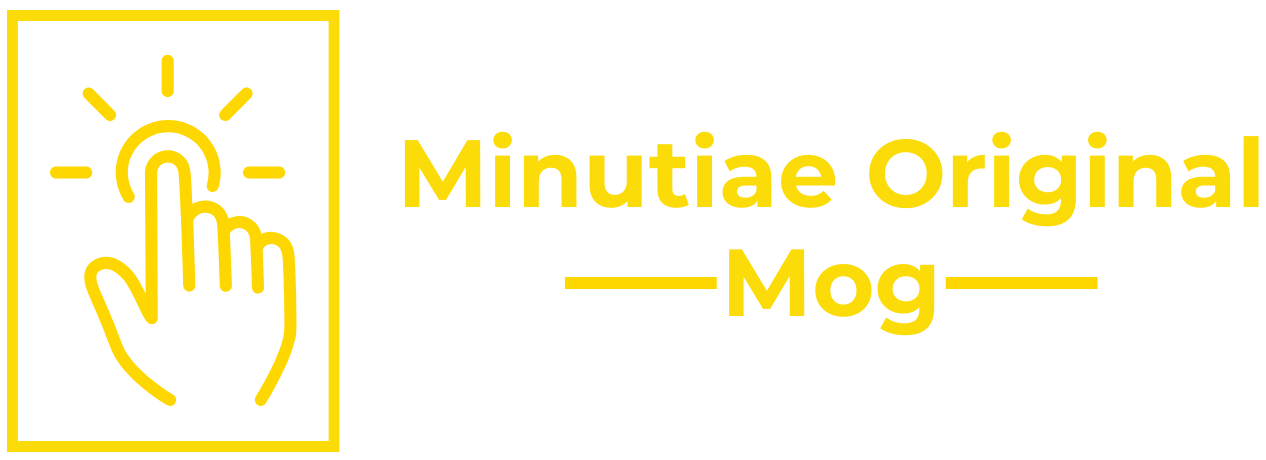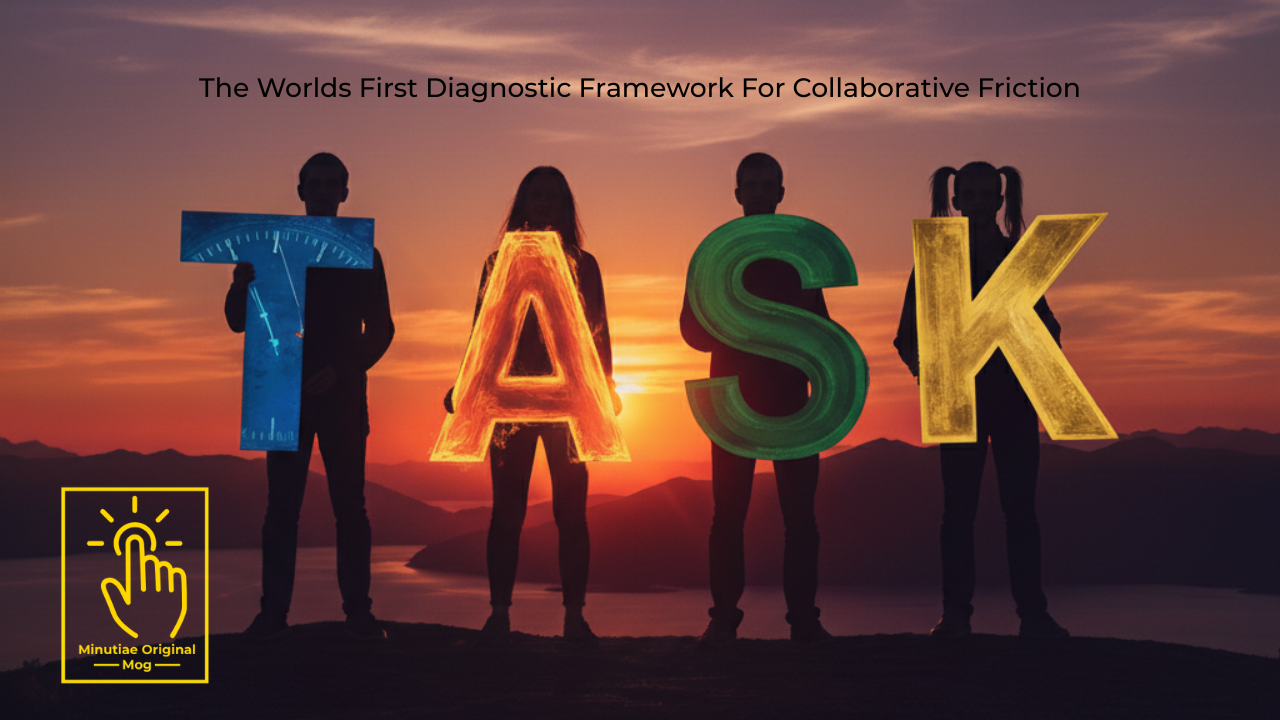In my work with leaders and entrepreneurs, I’ve found that the single biggest source of frustration isn’t a lack of effort or big ideas. It’s the daily friction that happens when people struggle to work together. We spend our energy complaining about the symptoms—”They’re so difficult,” “No one is committed,” “They just don’t get it”—without ever finding the root cause.
That’s why I created The TASK Framework. It’s the world’s first diagnostic framework for collaborative friction. It gives you a simple but powerful lens to understand why your team is stuck, turning overwhelming interpersonal problems into manageable, solvable puzzles.
The magic lies in four components. When collaboration breaks down, it is almost always due to a mismatch in one or more of these four areas: Time, Actions, Size, or Knowledge.
Let’s break them down.
T is for Time: It’s Not About the Clock, It’s About Priority.
When a team member says, “I don’t have time for this,” our first reaction is often frustration. But I’ve learned this statement is rarely about the number of hours in a day. What they are really telling you is, “I am prioritizing something else that is more important to me right now.”
A Time problem is a priority clash. Your task is currently lower on their value ladder than other commitments. The goal isn’t to demand their time, but to understand their priorities. Ask yourself: What competing demands are they facing? How can I connect this task to what they already value? By diagnosing a Time issue, you stop fighting the calendar and start working to align priorities.
A is for Actions: It’s Not About the Task, It’s About the Purpose.
Have you ever given a clear instruction, only to be met with, “This doesn’t make sense,” or outright resistance? It’s easy to label this as insubordination. But an Actions problem signals a disconnect in purpose, not a refusal to work.
The person doesn’t see the “why” behind the “what.” Their internal motivation and beliefs are not aligned with the requested action. The goal here is not to force compliance, but to connect the action to a shared purpose. Diagnosing an Actions issue means having a conversation about the bigger picture and the shared belief that makes the work meaningful.
S is for Size: It’s Not About Laziness, It’s About Capacity.
Hearing “This is too much work!” or “Is this all I’m supposed to do?” can feel like a critique of your planning or a sign of a poor work ethic. But a Size problem is about the scale and challenge of the work, not the person’s willingness.
The task is either too large, creating a sense of being overwhelmed, or too small, leading to disengagement and a lack of appreciation. The person’s capacity for challenge does not match the scope of the work. Diagnosing a Size issue means reframing the task—breaking down a monolith into manageable steps, or bundling small tasks into a more meaningful challenge.
K is for Knowledge: It’s Not About Ignorance, It’s About Safety.
Perhaps the most common and misunderstood friction point is when someone says, “I don’t know how.” We often mistake this for a lack of skill or intelligence. But a Knowledge problem is often a failure of the environment, not the individual.
It signals a gap in know-how, resources, or—most critically—the psychological safety to admit a lack of understanding without fear of being judged. The goal is not to make them feel dumb but to create a safe space for learning. Diagnosing a Knowledge issue means providing the right information, training, or, just as importantly, fostering the safety that empowers someone to ask for help.
Your New Leadership Superpower
The TASK Framework transforms you from a frustrated manager into a diagnostic leader. You no longer have to guess. When your team hits a roadblock, you can calmly ask: Is this a T, A, S, or K problem?
This simple question replaces blame with curiosity and complaints with solutions. It is the foundational skill for building the collaborative culture I call The Leader Factory—an environment where friction is not an end to progress, but the raw material for building stronger, more resilient teams.

